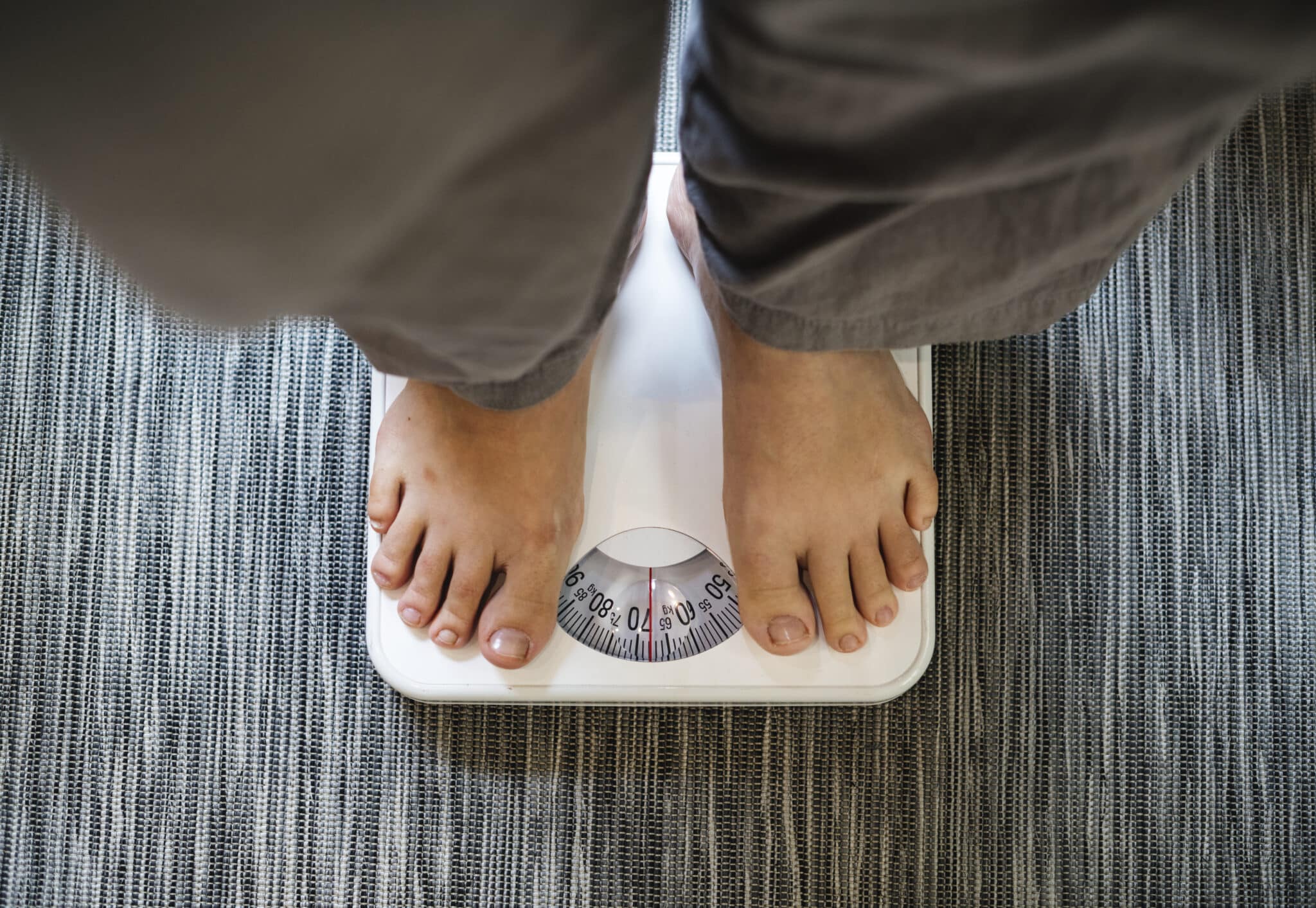Living with Type 2 Diabetes

WHAT IS DIABETES?
Diabetes is a long-term disease characterised by high blood glucose (sugar) levels that occur when:
The pancreas does not produce enough insulin1 and/or when the body cannot effectively use the insulin it produces to move glucose into the cells of the body as a source of energy (insulin resistance = cells become resistant to the effects of insulin)2
IS DIABETES COMMON?
Diabetes has reached epidemic proportions and its prevalence continues to grow worldwide. By 2014 WHO (World Health Organization) estimated that, globally, 422 million adults over 18 years of age were living with diabetes.3
Type 2 Diabetes Mellitus (T2DM) is the most common form of Diabetes and accounts for up to 90% of all cases. T2DM is a considered a progressive lifestyle disease caused mainly by a poor diet and lack of exercise although some people are genetically at a higher risk of developing it. This informational leaflet focusses on T2DM.1,3,7
Gestational diabetes is a raised blood glucose level during pregnancy which occurs in some women. However blood glucose levels usually return to normal levels shortly after delivery.3
HOW TYPE 2 DIABETES OCCURS
Prediabetes is the grey area before developing T2DM in which:
Signs and symptoms are not yet profoundly visible but your blood glucose levels are starting to elevate beyond what is considered healthy.
Prediabetes is a state in which following poor lifestyle choices your body’s cells may, over time, become less responsive to the insulin it produces. This is known as insulin resistance. In this state, your body requires and produces more and more insulin to maintain healthy blood glucose levels resulting in a state of hyperinsulinemia (raised insulin levels). Although still within normal ranges your blood glucose readings may start to elevate over a period of time due to:
The progressive nature of the disease and because your body is no longer able to keep up production of insulin with the body’s ever-increasing requirement
Ignoring the early warning signs and risk factors could lead to the development of T2DM.
WHAT ARE THE RISK FACTORS?
The risk factors for developing T2DM include:
- Obesity, especially around the waist, indicating insulin resistance
- Body Mass Index (BMI) of 25kg/m2 or more
- Inactivity – lack of exercise
- Diet rich in refined carbohydrates and sugar
- High blood pressure
- Family history of T2DM
- High cholesterol levels
- History of cardiovascular disease
- High stress levels
THE SIGNS AND SYMPTOMS OF ABNORMAL BLOOD GLUCOSE LEVELS INCLUDE:
- Unusual tiredness
- Frequent urination (day and night)
- Changes in appetite
- Unexplained weight loss
- Increased thirst
- Blurred vision
- Abdominal pain
- Nausea
- Unusually sweet-smelling breath
- Tingling in your limbs
- Itchy skin
- Slow healing cuts and wounds

DIAGNOSIS AND TREATMENT
Your doctor takes a thorough medical history and you have a general medical examination. If they suspect T2DM, laboratory tests are performed to evaluate your blood glucose levels. At least two glucose tests are required and ideally should be performed on two separate days. A fasting blood glucose reading of ≥7 mmol/l, a random blood glucose level of ≥11 mmol/l, or a two-hour post glucose ingestion reading of ≥ 11 mmol/l is required for diabetes to be confirmed. An HbA1c (this test shows the average blood glucose levels over 3 months) level of ≥6,5% is also adequate to confirm the diagnosis.
Once the T2DM diagnosis is confirmed, treatment will commence and will consist of a combination of lifestyle changes and medical intervention.
LIFESTYLE CHANGES
- Healthy eating – eliminating sugars and refined carbohydrates
- Resistance training (to increase muscle strength) and cardiovascular exercise (to improve heart and lung strength)
- Losing 10-15% of your body weight and maintaining the weight loss
- Managing stress effectively
WHY IS IT IMPORTANT TO ADHERE TO YOUR TREATMENT?
- Heart disease
- Heart attack
- Stroke
- Diabetic retinopathy and subsequent blindness
- Kidney impairment and/or failure
- Nerve damage
- Premature death
WHY DIABETICS MUST MONITOR BLOOD GLUCOSE LEVELS
Regular blood glucose monitoring tests are required to confirm that the condition is managed correctly to avoid complications.
The following methods can be used:
- Regular finger prick tests (can be done at home)
- Your HbA1c may need to be checked every six months if your blood glucose levels are on target and if your treatment has changed
- If you are not on target or if your treatment has changed, you may need your HbA1c checked every three months
- If you find that your blood glucose levels remain elevated despite medication and lifestyle changes, consult your healthcare provider immediately. Adjustments in your treatment regimen may be required.

LIVING WITH TYPE 2 DIABETES
Useful tips and what to expect:
- T2DM is not a death sentence if it is managed properly
- Make use of diabetic support groups, a councilor and/or diabetic clinic for assistance in understanding your condition better and to obtain guidance on managing it
- Schedule regular check-ups with your doctor to ensure your condition is well controlled
- Your doctor may recommend that you also consult with other healthcare providers such as a podiatrist (foot specialist) or an optometrist or ophthalmologist (eye specialists)
- A nutritionist can provide useful guidance and support on diabetic meal planning
- You may experience incidents of low blood sugar levels (hypoglycaemic events), characterised by dizziness, confusion, sweating, fainting and shivering – always carry a glucose-containing food element on you, such as glucose tablets
Related Brochures

easy-lifestyle-changes-for-healthier-living

metabolic-syndrome
